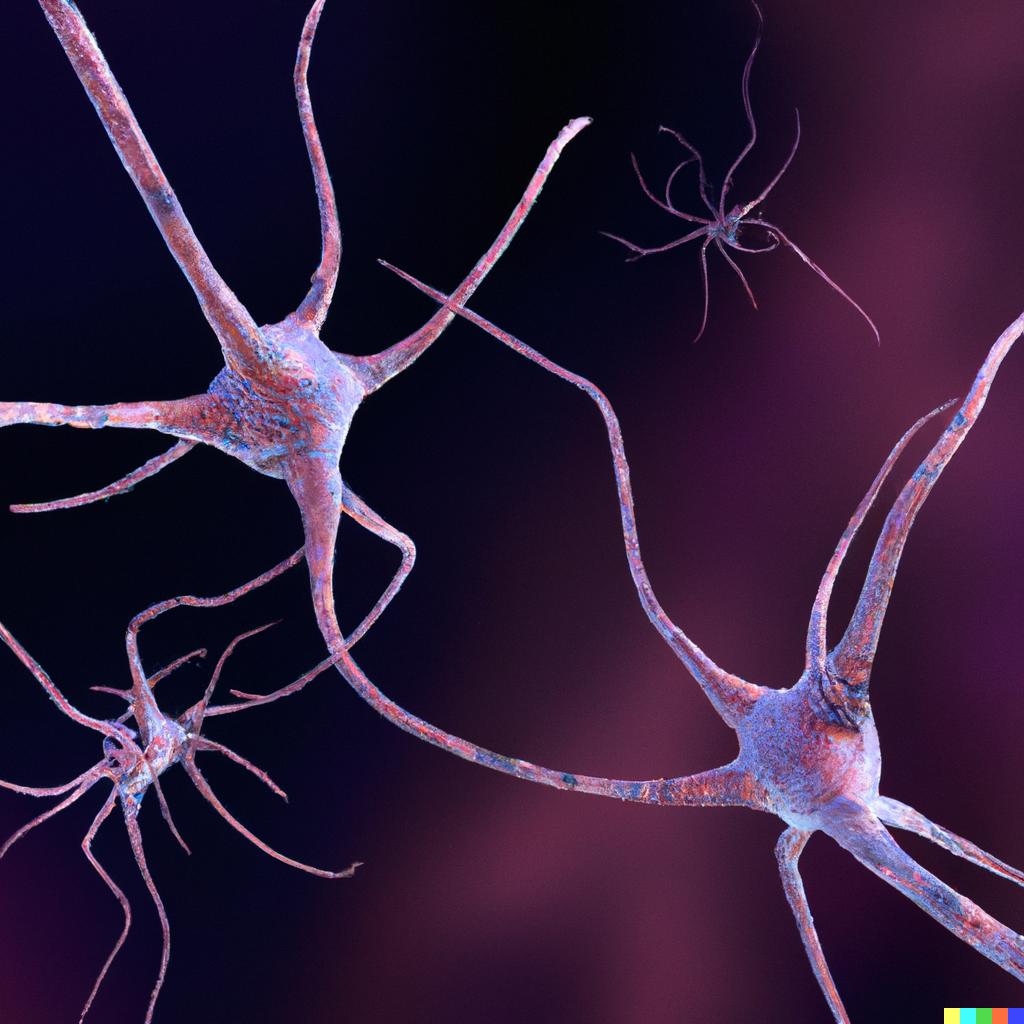How Does Exercise Impact Menopause
Exercise is a powerful tool for managing menopause symptoms and improving overall health during this significant life transition. As women enter menopause, they experience a range of physical and emotional changes due to hormonal shifts, particularly the decline in estrogen levels. This decrease can lead to issues such as bone loss, increased risk of cardiovascular disease, and changes in body composition. However, regular physical activity can help mitigate these effects.
### Reducing Menopause Symptoms
Exercise is known to reduce menopause symptoms such as hot flashes and mood swings. It helps regulate hormonal fluctuations, which can become more unpredictable during menopause. By enhancing estrogen sensitivity and reducing cortisol levels, exercise supports better hormonal balance. Additionally, it can increase testosterone levels, which may help improve mood and energy levels.
### Improving Bone Health
One of the significant benefits of exercise during menopause is its impact on bone health. The decline in estrogen accelerates bone resorption, leading to a higher risk of osteoporosis. However, certain types of exercise, particularly strength training and impact activities, can stimulate bone formation and improve bone mineral density (BMD). Resistance training, when done 2-3 times a week, combined with impact activities like walking or jogging, is especially effective in maintaining strong bones and reducing the risk of fractures.
### Enhancing Cardiovascular Health
Menopause increases the risk of cardiovascular disease due to changes in cholesterol levels and blood pressure. Exercise, especially strength training, can help manage these risks by improving insulin sensitivity, lowering blood pressure, and reducing the risk of cardiovascular disease. It also enhances metabolic rate, which helps with weight management and reduces the accumulation of visceral fat.
### Maintaining Muscle Mass and Function
As women age, they naturally lose muscle mass, a condition known as sarcopenia. This loss can lead to decreased strength and mobility. Strength training exercises are crucial for maintaining muscle mass and function, ensuring that women remain independent and active. By stimulating protein synthesis and neuromuscular adaptation, resistance exercises help counteract muscle atrophy.
### Promoting Overall Well-being
Exercise is not just about physical health; it also supports mental well-being. Regular physical activity can reduce stress and anxiety, improve mood, and even support cognitive health by promoting neuroplasticity. This means that exercise can help reduce the risk of cognitive decline and dementia, which are more common post-menopause.
In summary, exercise is a vital component of managing menopause symptoms and improving health outcomes. By incorporating a mix of strength training, impact activities, and other forms of physical activity into their routine, women can better navigate the challenges of menopause and maintain a healthy, active lifestyle.





